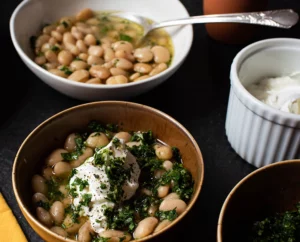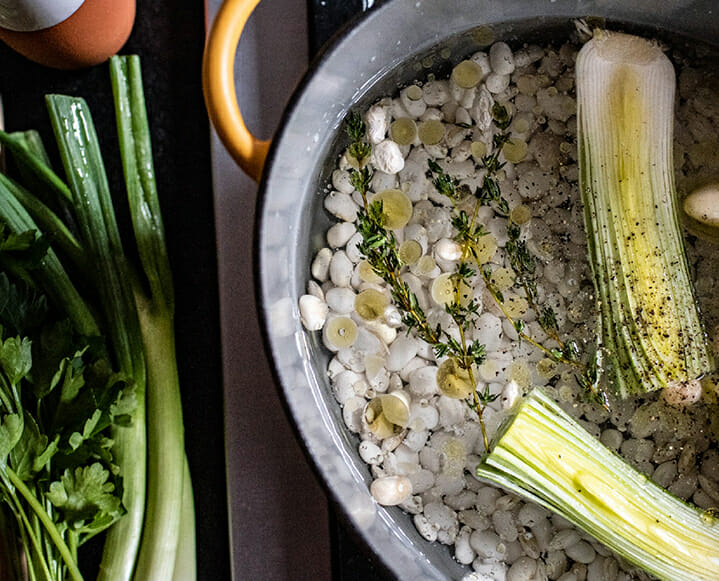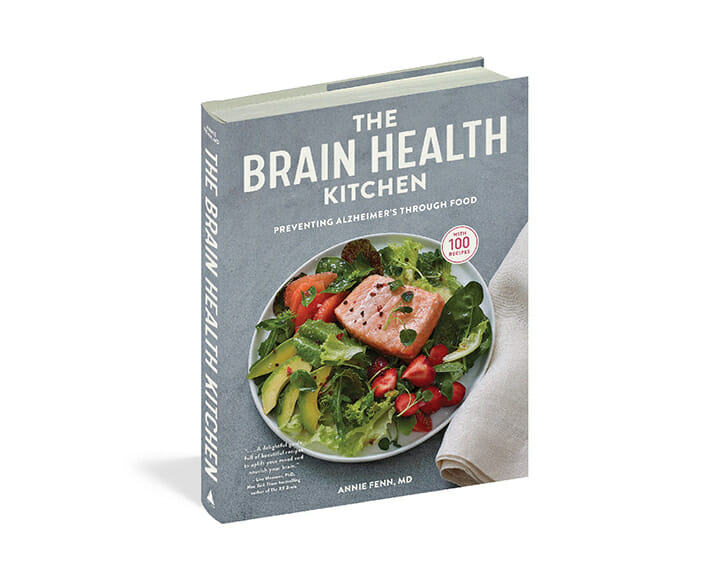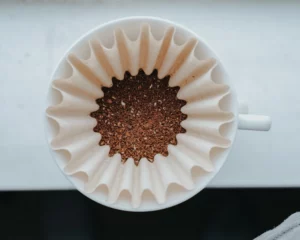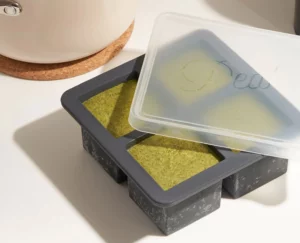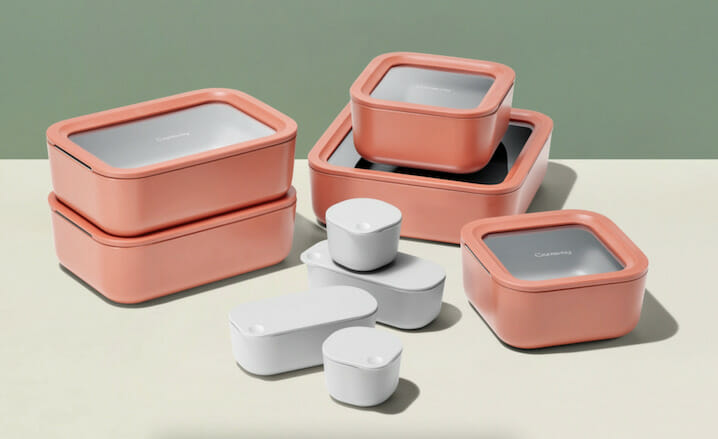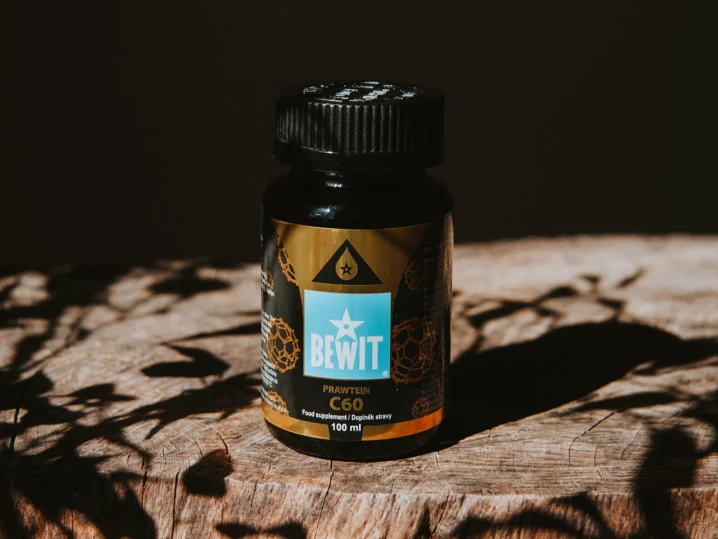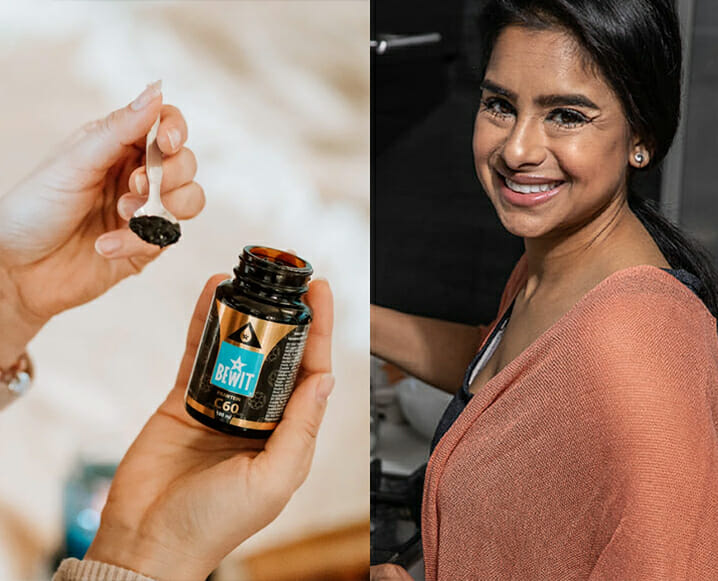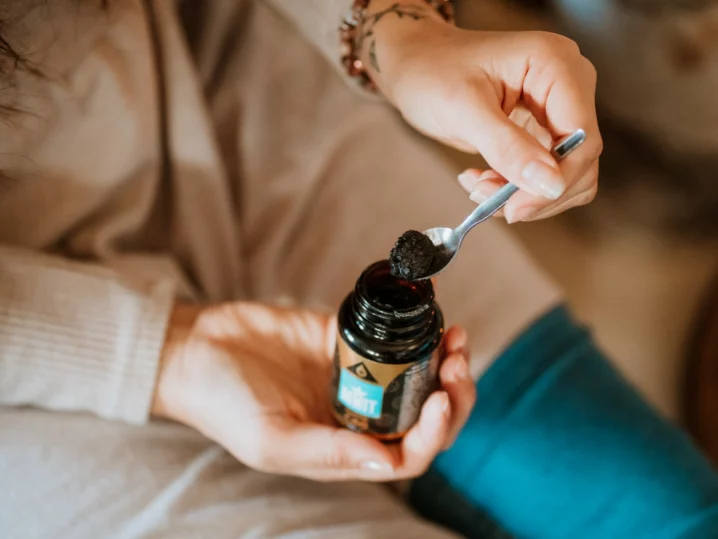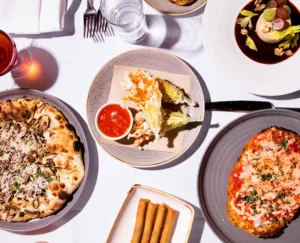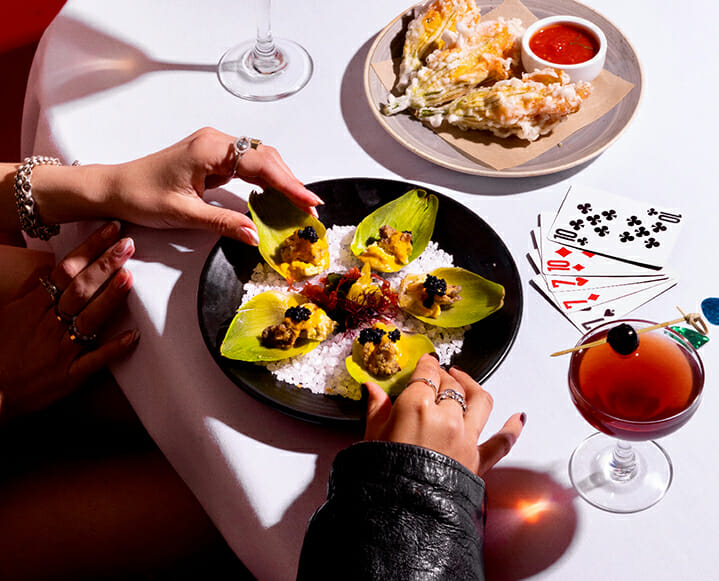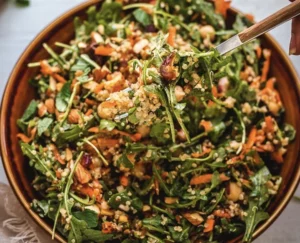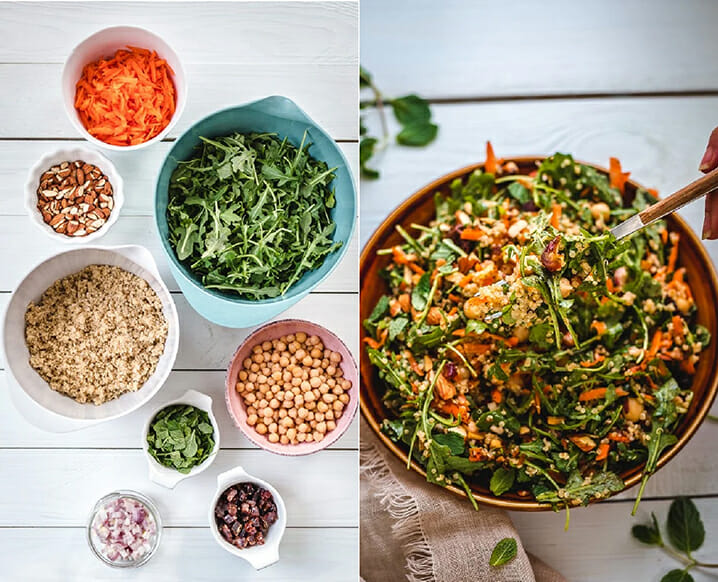
Last year, The Wall Street Journal shared that Hailey Bieber's lymphatic massage practitioner, Rebecca Faria has a 2,300 person waitlist. If we needed proof that one of our favorite wellness routines was up-trending this was it.
We've been talking about the benefits of lymphatic massage for ages and so many of our readers are fans. If you're a long-time readers, you likely follow our favorite lymphatic health pros like Lo Roxburgh and Lisa Gainsley already. If you're just catching up on the benefits of lymphatic health, you can rifle through some of our best content on the topic HERE.
Curious if all the buzz around lymphatic drainage massage is real? We'll tell you now -- these massages live up to the hype. Faria counts Jennifer Aniston, Nicola Peltz Beckham and Anne Hathaway as lucky clients before big shoots and red carpet appearances -- and we understand why. It's one of our first appointments booked before vacations and special events!
Massage before-and-afters from Brazilian practitioner, Lais Perez
You can find a few of our favorite practitioners in L.A. HERE. We know that they are all busier than ever, but it beats being the 2,301st person in line for Hailey's go-to gal. Want to try the massage yourself at home? We highly recommend learning how!
A Few Keys On Lymphatic Health...
The lymphatic system is a complex network of fluid-filled nodes, vessels, glands and organs, running throughout the entire body. It is one of the most important and often forgotten systems in the human body that is essential for detoxification and, if it’s not working efficiently, we end up with a list of symptoms that can lead to some serious issues down the road.
Why lymph is so Important: Although the lymphatic system isn't talked about as much as other systems in the body, it has a vital role in our health and requires a little extra TLC from us. The main function of the lymphatic system is to cleanse toxins and protect against harmful invaders in the body. The lymphatic system carries our body’s waste from the tissues and into the bloodstream for removal. When you think of all the toxins that our bodies comes into contact with these days, whether it be through food, air, cosmetic product chemicals, our water supply or the natural metabolic wastes our bodies need to flush daily, you begin to understand how vital this system is for our health.
Why massage? While blood is 'pumped' through the body by the heart, lymph is not, and easily becomes congested and stagnant. What’s more, stress is the number one cause of lymph stagnation, along with toxin buildup. Stagnant lymph can lower our immunity, lead to fluid retention, swelling, low energy, chronic sinusitis, eczema, and worsened inflammation.
How To Do A Lymphatic Massage At Home
It’s actually quite easy to get your lymphatic system moving. The lymph channels cover almost every inch of our bodies, running just underneath the skin. Don’t massage too hard. A very light massage with long strokes is all it takes to stimulate it. Lymph is a sensitive system and requires a gentle touch; too hard and you will collapse the lymphatic, actually diminishing the flow instead or increasing it.
The massage takes about 15 minutes or up to an hour -- if you have significant stagnation and really want to give your body some love. It’s best practiced daily, right before bed or when you wake up.
The oils used can actually help enhance the purification process providing additional therapeutic, anti-inflammatory, circulatory and even antibacterial properties. Check out how to make your own massage oil here, or, if you would prefer to purchase it already made, try The Organic Pharmacy's Detox Body Oil.
You're going to massage in the direction of the heart, whether up from feet to torso or from fingers to shoulders. Use long, light strokes on the arms and legs and light, circular strokes on the joints.
First, warm your oil. About 1/4 cup is what you will need for your whole body.
START WITH THE LEGS AND FEET. Using the oil and both hands, begin to massage between and under each toe, stroking upward to the ankles and eventually the legs. When you get to the joints, pause and massage in small circular strokes. Continue and lightly stroke upward, paying extra attention to areas of large lymph nodes, such as behind the knees.
DRAW UPWARDS THROUGH THE THIGHS using fingertips and the palms of your hands, concentrated on the back of the thighs and buttocks area where toxic waste likes to accumulate in the fatty tissue. With regular practice, this can help to reduce cellulite in these areas.Once you complete one leg, go on to the next. When you reach the groin area, where there are many nodules, massage both sides at once, stroking upwards, outwards towards your hips, and inwards over your stomach.
CONTINUE TO MASSAGE THE ABDOMEN in clockwise, circular motions. On the stomach, follow the movement of the intestine moving your hands upward on the ride side, across, and then downwards on the left side.
NOW CONCENTRATE ON EACH ARM, again, starting with each finger, knuckle, and joint, massage in small circular motions, then on to the forearm and upper arm using long feathery strokes. When you reach the armpit, using your thumb and forefinger in a pinching motion concentrate on the armpit and upper breast area where there are also many nodes. Do this on each side and stoke from the armpit over the top of the chest toward the chest center.
MASSAGE UPWARDS TOWARD THE CHEST and the heart, massaging each breast, and under each, in circular, clockwise motions, and then down towards the stomach.
FINALLY, WORK TOWARDS YOUR HEAD, massaging your neck, especially under your chin, where you might usually notice swollen glands when you begin to get sick. Using your fingertips, massage in gentle circular motions, eventually reaching the base of your skull and again finishing by bringing all movement down and around through the center of the the body.
Make sure you consume a lot of water after the treatment to help flush these toxins out.
The post Celebs Are Obsessed with Lymphatic Drainage Massages – Here’s How To Try It At Home appeared first on The Chalkboard.
from The Chalkboard https://ift.tt/czBVSEQ
via IFTTT

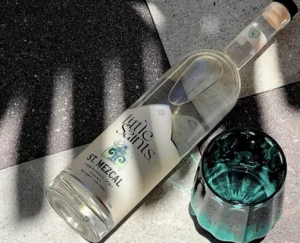
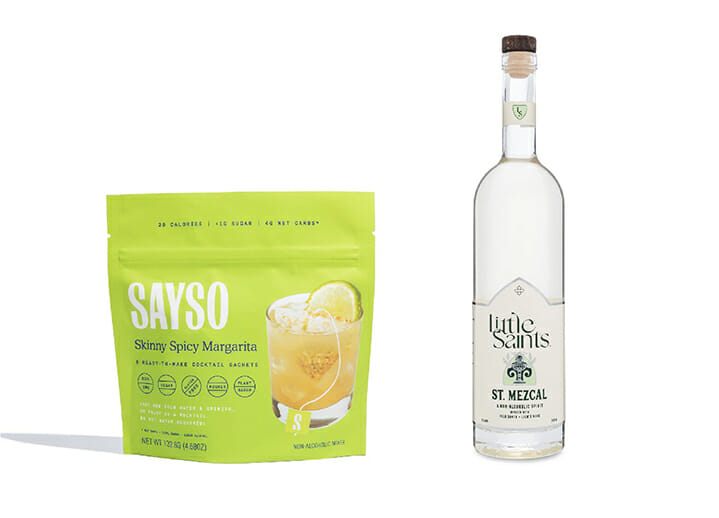
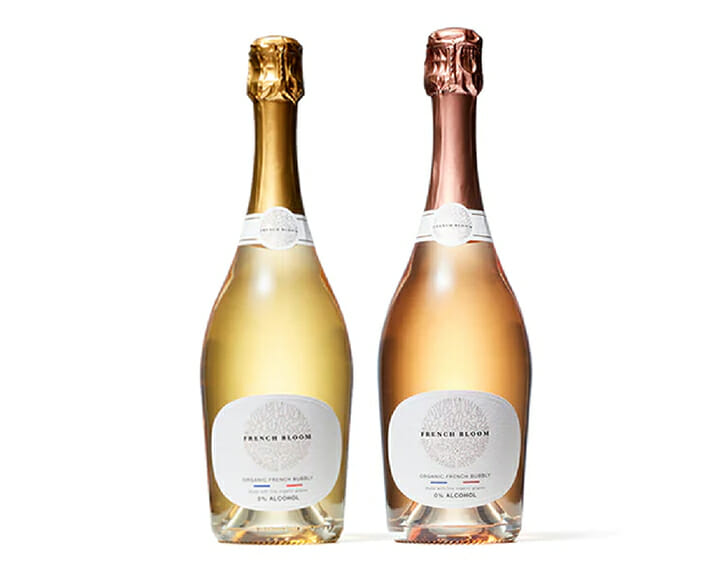
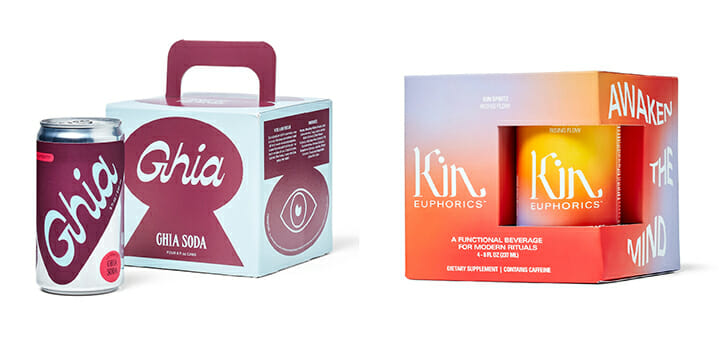






 Finally, there's nothing wrong with an actual pair of OG Birks. Add
Finally, there's nothing wrong with an actual pair of OG Birks. Add 



